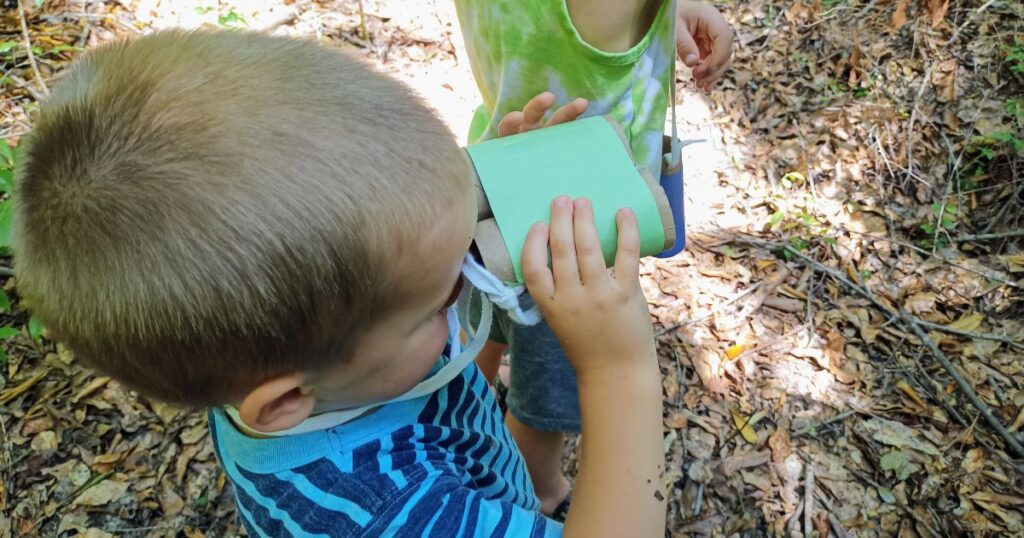
Homemade Binoculars
Share your love of birdwatching with your 3-5 year old.
— March 26, 2024
The world of birdwatching
When you hear a bird call, can you identify it? Which ones can you identify? At my first high school teaching job, the head of the math department spent his summers being paid to hike around the plains, in the middle of nowhere. He brought back data on the bird species he saw or simply heard to track bird populations. His childhood passion of bird watching is literally paying off.
I can usually identify an owl, mourning dove, and cardinal. But even then each species of owls have different calls. I remember a few years ago hearing a terrifying noise that sounded like an animal was dying. After some research I learned it was the call of a screech owl.
As an Amazon Associate, Playing for Hours earns from qualifying purchases.

In addition to each type having different calls, they each have different vocalizations (as many as 15-309) for various alerts or mating. Going beyond the calls, many people do not know that the male bird’s plumage is more vibrant to attract a female. Cardinals are one of the easiest to tell the difference because you will usually see them in pairs. The bright red one is the male and the brown with hints of red is the female.
Maybe you are here because your child is a budding bird watching enthusiast, or your hobby is bird watching and you wish to share the joy with your child. Either way, these homemade binoculars will encourage your child to look for birds and listen for their various calls. And just maybe introduce them to a brightly feathered world.
The birdwatching binocular’s activity is a part of a week’s worth of lessons centering around birds. Check out the book suggestions to introduce your child to the world of birds. There’s also more bird centered activities!
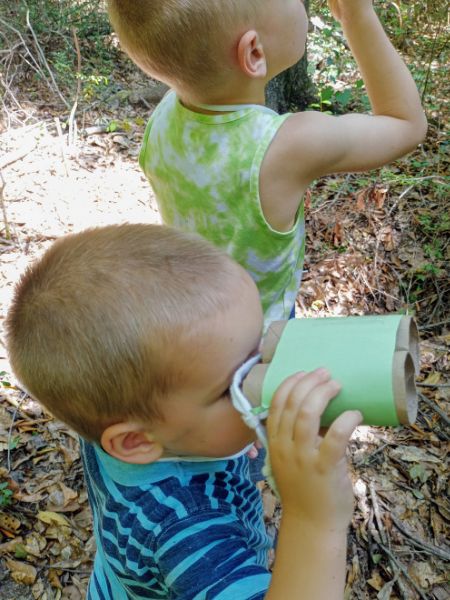
The benefits of birdwatching
- Improve mood by spending time in nature. Nature is well-known to boost feel-good hormones, bird watching brings you into the great outdoors to breathe in that fresh air, soak up the sunshine, and connect with the feathery friends in the treetops.
- Increase memory. As you remember the various species, their habits, vocalizations, feather detailing, etc. you exercise your brain.
- Employ the different senses, listening for the bird call can be new and interesting territory for your child.
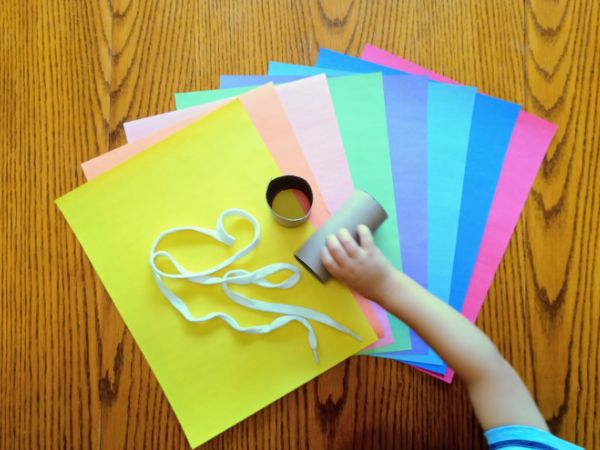
How to make birdwatching binoculars:
Materials needed
- Cardboard tubes (2 toilet paper or 1 paper towel cut in half)
- String (shoe string works too)
- Tape – Packing tape works best but scotch tape is fine too.
- Construction paper
- Markers
Instructions
- Have your child hold the cardboard tubes together while you place tape around them.
- Now we are going to cover the toilet paper rolls with construction paper. Roll a couple pieces of tape so that the sticky side is out and can be placed between the tubes on both sides.
- Allow your child to choose the color construction paper they want for their binoculars. Then cut lengthwise so that it will wrap around the “binoculars”. Tape the ends together. The sticky side out tape will help hold it in place.
- Optional Lanyard: Once this is complete the adult will need to poke or cut holes on the outside of the cardboard for feeding the string through. I find a small paring knife works best but scissors can do it.
- The string should be a good length to tie each end and allow it to hang down to about your child’s belly, around 40 inches.
- Offer markers for them to decorate their binoculars.
- Happy bird watching!
Notes:
If you haven’t made Pinecone Bird Feeders then be sure to check it out. The homemade bird feeders will bring your feathery friends to you!
I recommend having a bird-identifying book with you or your phone when you go out so that you can quickly identify a species you may not be familiar with. I enjoy using the Reader’s Digest North American Wildlife text – it may be difficult to come by though, my copy was my grandmother’s. However your local library will have a variety of books for birds local to your area and might even have children friendly field guides. Such as this one, North American Bird Watching for Beginners.
Depending on the age of your child you can provide a notebook and pencil to draw the birds they might see or jot down various names. If your child is younger, 3-4, then simply encourage them to use their binoculars.
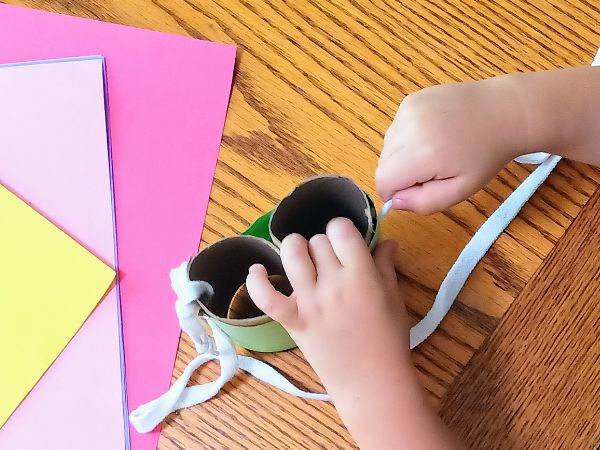
Explore birds in nature
I hope that with these binoculars and knowing the benefits of bird watching, nothing will stop you from exploring the various species around your home and listening to identify their calls with your child.
The world of birdwatching is vast, beneficial for your child and yourself, and could pay for your knowledge!
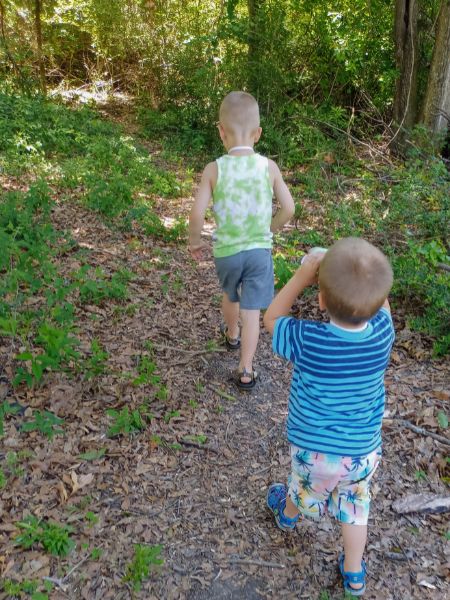
If you and your child enjoyed this activity please drop a comment. Also, check out this post on How to Make Pinecone Bird Feeders to bring your feathery friends to you.
If you’re looking for lessons for ages 3-5, there is an entire 26 week curriculum available at no cost to you. Click the button below.
Recent posts on the homeschool blog.
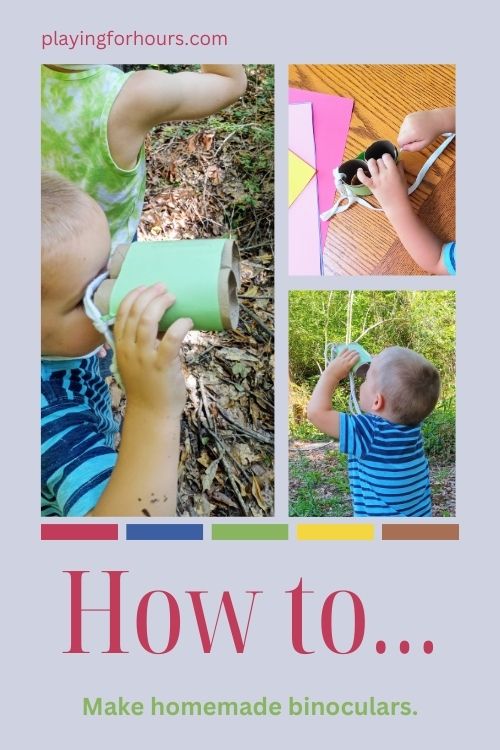

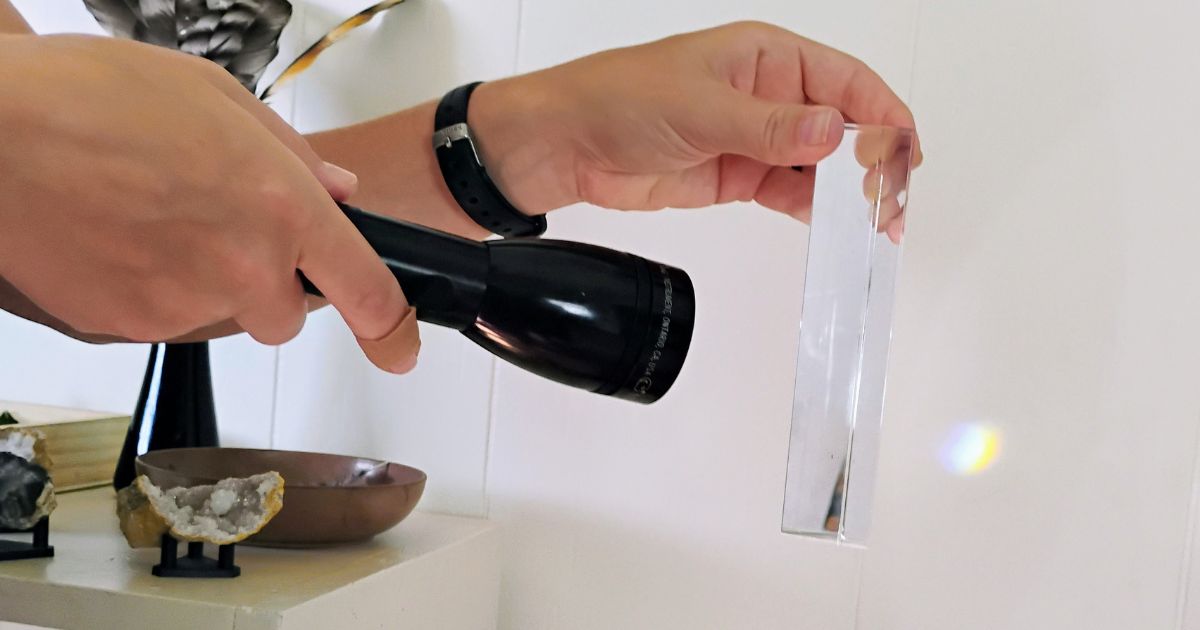
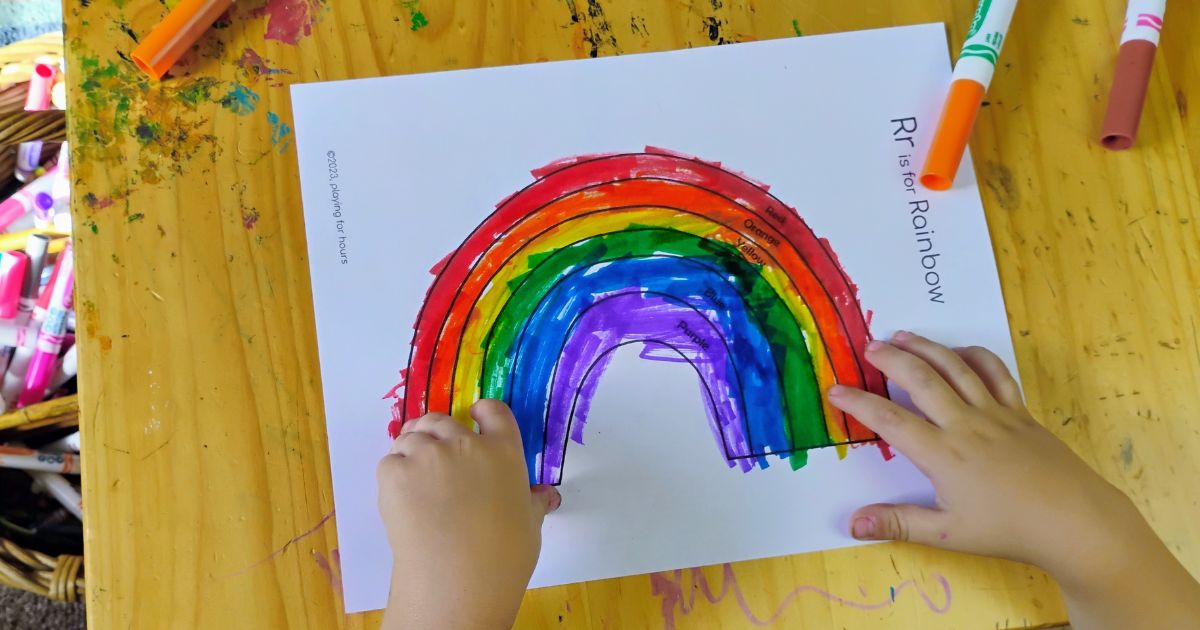
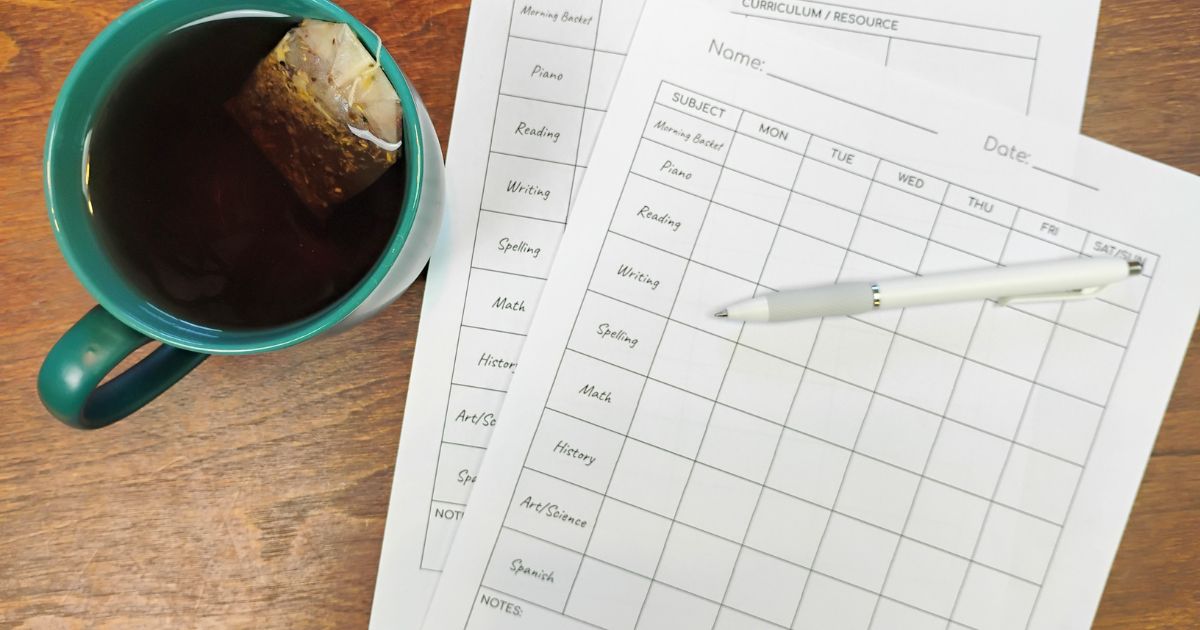
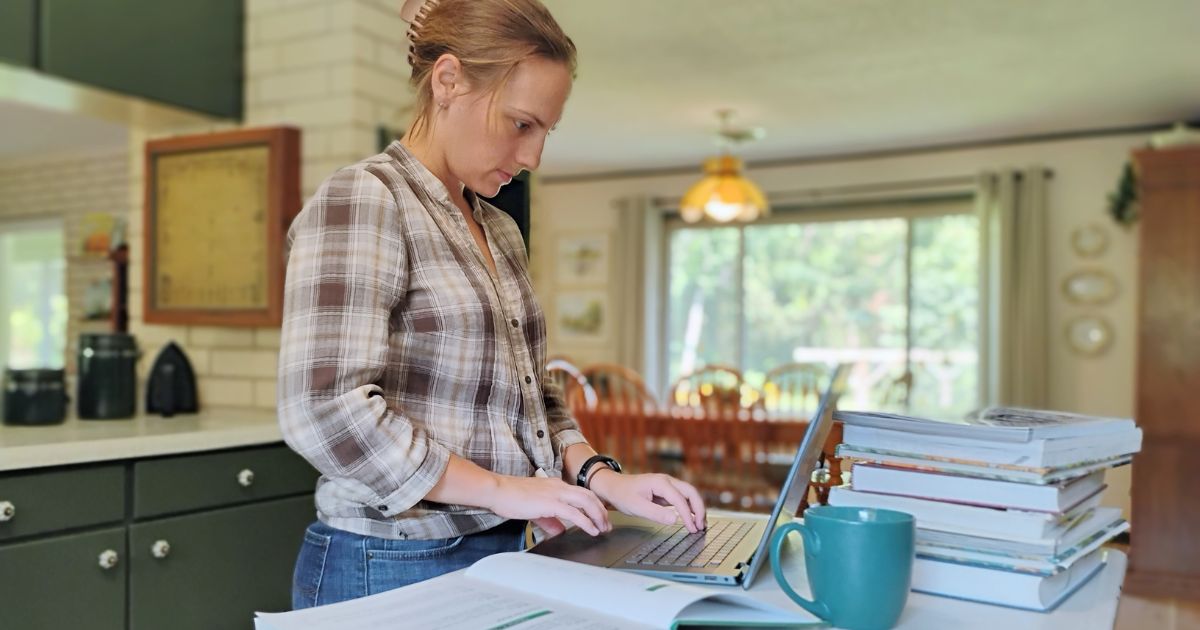

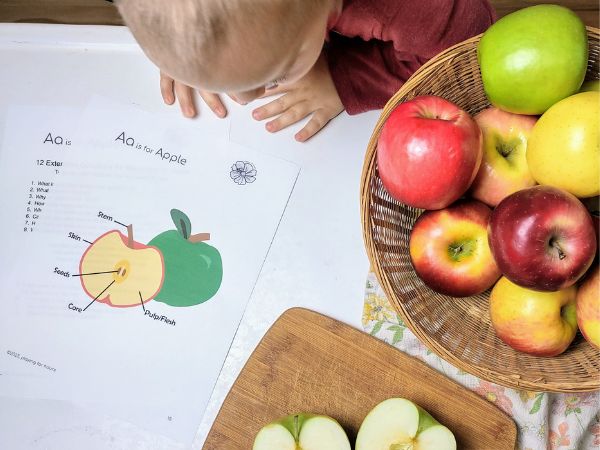
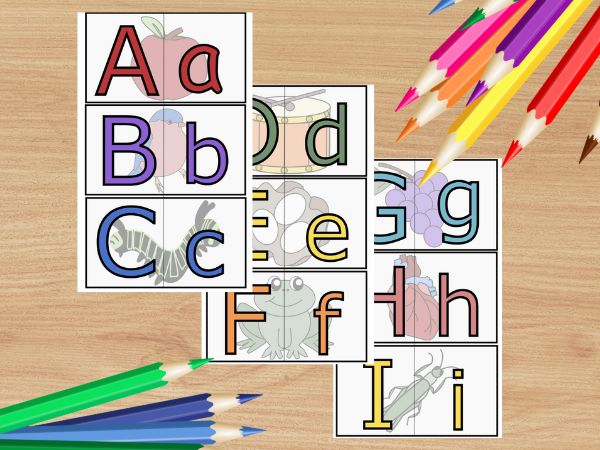

Leave a Reply